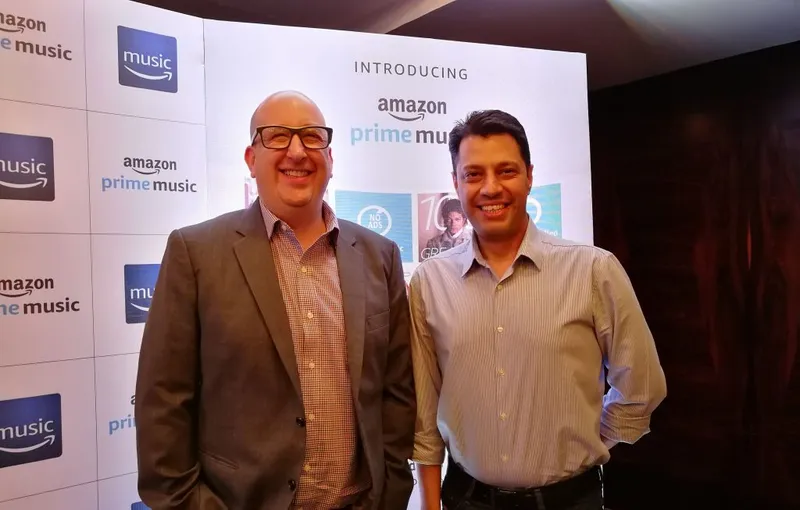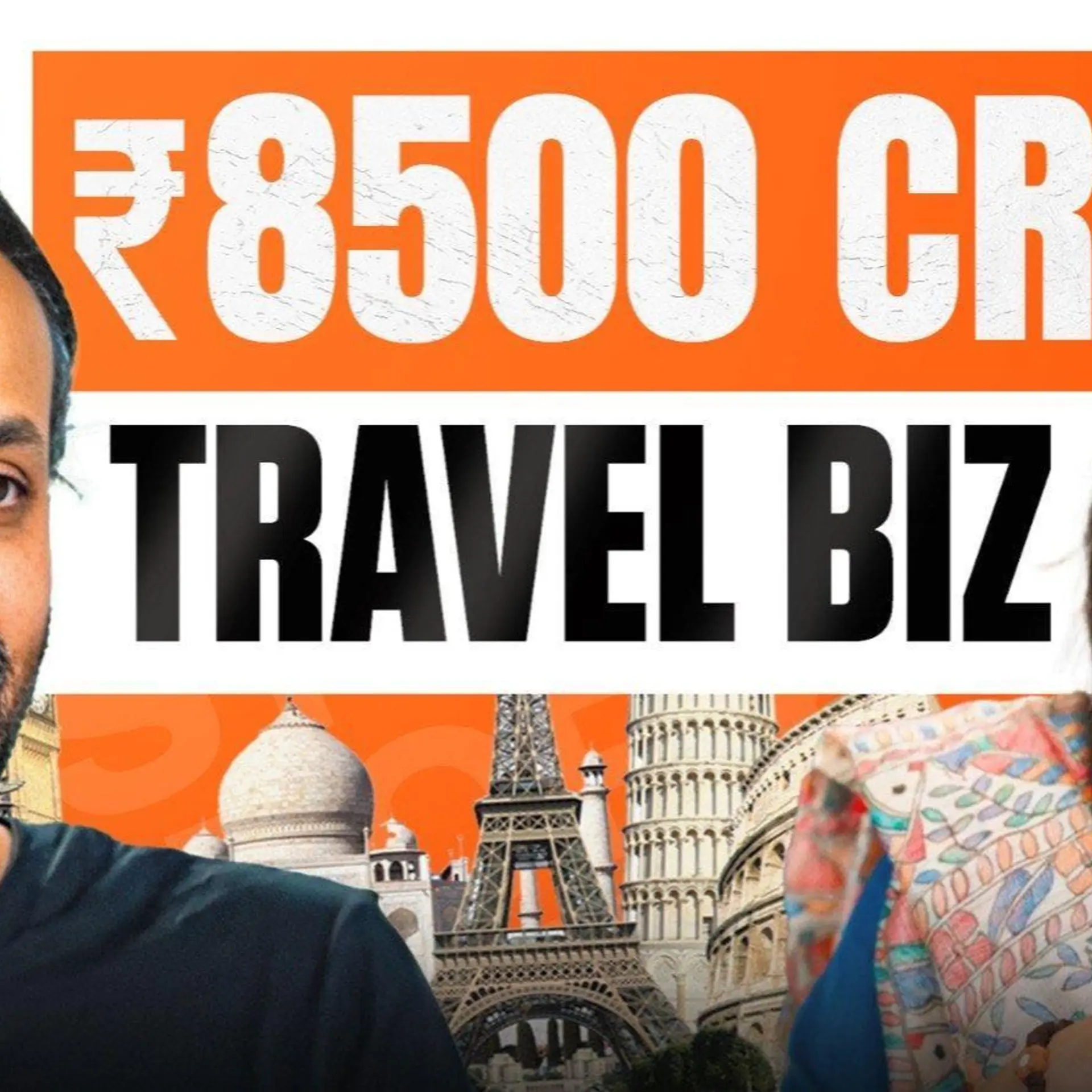Amazon brings Prime Music to India with high localisation and Alexa-led personalisation
The service is available on iOS, Android, web, Amazon Fire TV sticks and Amazon Echo devices. It comes bundled with the Rs 999/year Amazon Prime subscription.
Ending weeks of speculation, Amazon rolled out its Prime Music service in India today. As reported earlier, the music-streaming service comes bundled with an Amazon Prime subscription, which also includes Prime shopping benefits, free shipping of goods, and access to Prime Video.
The Seattle-based tech giant had previewed Prime Music to Indian users buying Echo devices late last year. In the run-up to the launch, Amazon also inked content deals with leading Indian music labels viz. T-Series, Sony Music, Zee Music, Tips, Saregama, Times Music, and so on.

Amazon Prime Music will be available in India at “no additional cost” on iOS, Android, desktop app, web player, Amazon Fire TV sticks and Amazon Echo devices. Subscribers can stream hours of “ad-free” music in multiple languages, play songs via Alexa voice commands on the Prime Music app or on Echo devices, sync their music libraries, and enjoy offline access and “unlimited storage” on the app.
The service is live with “tens of millions of songs” in English, Hindi, and eight Indian regional languages. Amazon will, of course, add more languages. Music experts at Amazon have curated playlists and stations based on genres, moods, artistes, eras, and activities. Users can create, save and download their own playlists too.
Sean McMullan, Director and Head of International Expansion, Amazon Music, said at the media roundtable, “The service we are launching here is better than the one we launched in the US. Customers in India love broad content with more localisation, and we’re giving them that.”
Amazon is particularly keen to get Indian users to discover and play music with Alexa voice commands. Sean explained, “Alexa has transformed the way people interact with music. Listening to music would earlier be a solo activity with users plugging in their earphones. Now, families are using Echo to listen to music together. We’re also testing individual voice profiles on Alexa.”
Indians’ music-streaming habits
Amazon says Indian consumers are a unique set because unlike the rest of the world, they listen to music in “at least two to three languages”. They are obsessive about the music they like in a language of their choice, and want to discover it as fast as possible as opposed to scrolling through piles of other genres.
Sahas Malhotra, Director, Amazon Music India, said,
“One of the segregations we did was between Hindustani classical and Carnatic classical. Customer feedback told us that people didn’t want the two genres clubbed together. Same with folk music and Rabindrasangeet, Amazon customers in Kolkata wanted them to be listed separately.”
Amazon said it has focused on embellishing its catalogue with equal parts film and non-film music. But, the ratios differ across languages. While Hindi might be dominated by Bollywood songs, Punjabi, for instance, has more independent albums. The curation has been done based on consumer tastes, preferences, and listenership trends across markets.

However, unlike Prime Video, which launched in India in 2016, with a definitive line-up of original content, Prime Music is happy to be distributing music from Indian labels for now. So, is original music content or partnerships — which some of Amazon’s peers have ventured into — not a plan?
“We are pro-artiste, we work with the entire artist community. But, do we want to become a record label? The answer is no,” Sahas tells YourStory in a separate chat.
He adds, “We have tens of millions of songs in the catalogue, and have a lot of work cut out in terms of personalising it. For now, we want customers to not only reach their favourite music but also discover new music.”
Prime Music vis-a-vis others
Prime Music’s launch here coincided with Chinese internet behemoth Tencent pumping in $115 million in Gaana, India’s leading music-streaming service. Gaana has over 60 million monthly users and has been downloaded nearly 100 million times.
Besides Gaana, Prime Music will compete with Saavn, Wynk, Hungama, Jio Music, and, of course, Apple Music and Google Play Music. Spotify, too, is rumoured to be launching its service in India soon. Tencent operates its uber-popular Tencent Music service in China, and will bring in experience and knowhow to bolster Gaana.
Amazon, though, is tight-lipped about Tencent’s interest in India’s music-streaming space.
Sahas tells YourStory, “Honestly, I didn’t wake up in the morning thinking about this [Tencent]. I woke up asking myself, ‘Can we make one more playlist of traditional Holi songs?’ It is curation and personalisation that will help customers build their preferences for a particular service.”
While the market is cluttered, music-streaming revenues from India are projected to cross Rs 3,100 crore by 2020, according to Deloitte. There are now more legitimate listeners of digital music than ever before. Amazon, which already counts India as its fastest-growing market for Prime, is just getting started.







